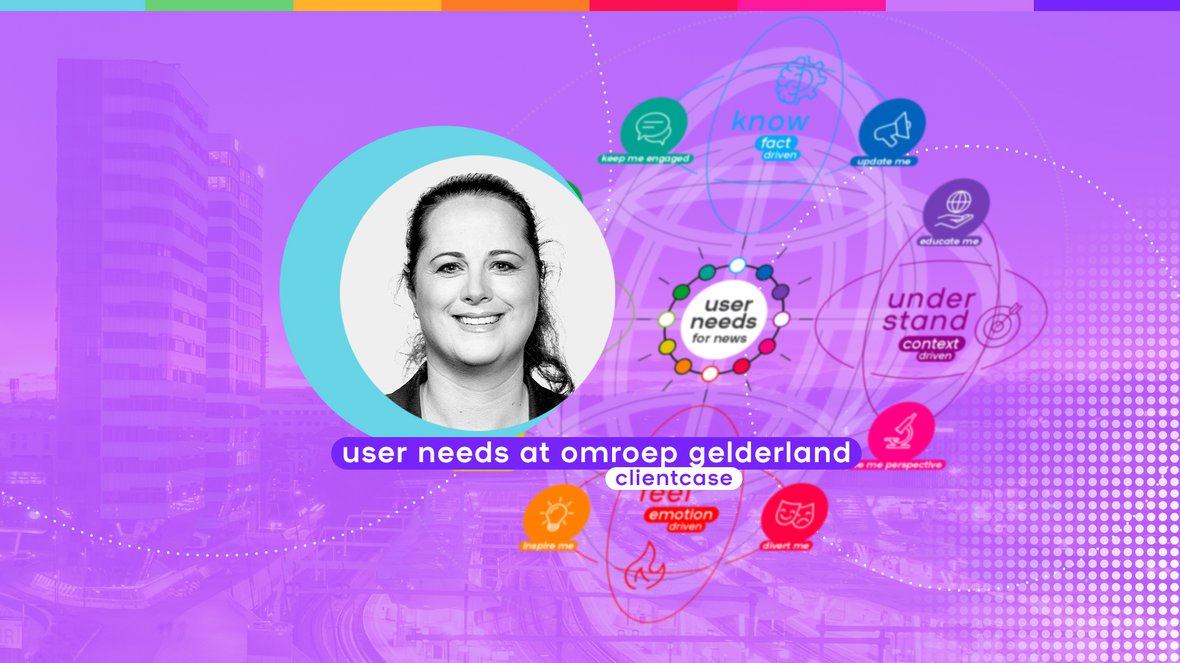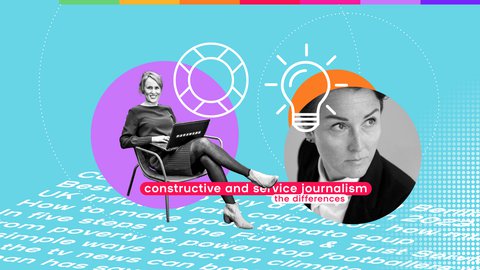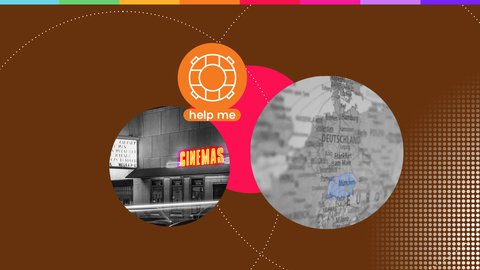When publishing consultant Dmitry Shishkin talked about the usefulness of user needs at the Dutch regional broadcaster Omroep Gelderland in 2021, part of the editorial team thought: oh no, another guru who thinks everything should be different. However, the User Needs Model has become a part of every brainstorming session by now.
The skepticism, which is actually a good attitude in any newsroom, quickly gave way to admiration for executive editor Gaby Beenhackker. She embraced the idea that every good story starts with the question of what the audience is waiting for.
"It's not like we never did that," she says in an interview with smartocto. "We also saw that personal stories were well received by our visitors, and we ended every television broadcast with something lighthearted. But thanks to the analysis by smartocto, it became clear that we were making too many 'Update me' stories, while we also had the opportunity to meet other needs."
After an introduction to the chief editors and some web editors, the philosophy had to be further disseminated. "I was taken off the daily calendar to focus on it," says Gaby. "My focus entirely goes to data and insights, with the User Needs Model as a guide."



